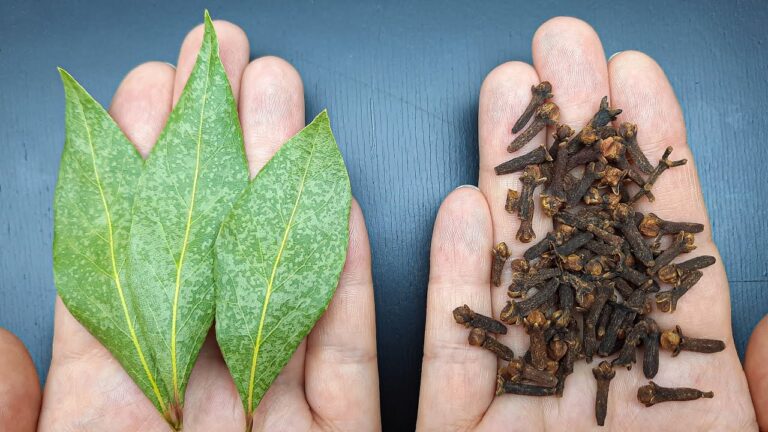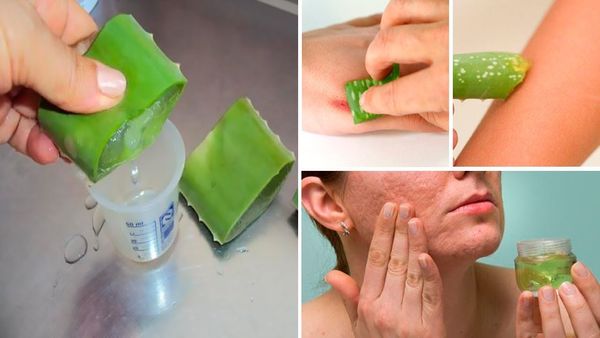Discover the powerful health benefits of combining celery and beetroot in a nutritious juice blend. This combination is not just delicious but packed with vitamins, minerals, and antioxidants that promote overall wellness and help manage various health issues. Here’s why celery and beetroot juice is a secret they don’t want you to know about, and how you can make this health-boosting beverage at home.
Health Benefits of Celery and Beetroot Juice:
1. Promotes Heart Health:
- Beetroot is renowned for its ability to help lower blood pressure thanks to its high levels of nitrate. These nitrates improve blood flow and reduce arterial stiffness.
- Celery contains phthalides, which can help relax the artery walls and increase blood flow, further supporting cardiovascular health.
2. Enhances Athletic Performance:
- The nitrates in beetroot convert to nitric oxide in the body, which can enhance oxygen delivery and endurance in athletes. Drinking beetroot and celery juice may help extend the time to exhaustion and improve athletic performance.
3. Detoxification and Cleansing:
- Celery is a natural diuretic that helps remove toxins, salts, and waste from the body through increased urine production.
- Beetroot supports liver detoxification processes and helps purify the blood.
4. Anti-Inflammatory Properties:
- Both beetroot and celery are rich in antioxidants that help reduce inflammation in the body. This can be beneficial for people suffering from inflammatory conditions like arthritis.
5. Supports Digestive Health:
- Celery provides a high amount of dietary fiber, which helps maintain a healthy digestive tract and prevent constipation.
- Beetroot also contributes additional fiber and has been shown to promote healthy bowel function.
How to Make Celery and Beetroot Juice:
Ingredients:
- 2 medium beetroots, peeled and washed
- 3-4 stalks of celery, washed
- 1 green apple (optional, for sweetness and added flavor)
- 1/2 lemon, peeled (for added vitamin C and tangy flavor)
- 1 inch of ginger (optional, for a spicy kick and digestive benefits)
Instructions:
- Prepare Ingredients: Roughly chop the beetroots, celery, apple, and ginger into chunks small enough to fit your juicer’s feed chute.
- Juicing: Start by juicing the harder vegetables first (beetroot and apple), then move on to the softer celery and finish with lemon and ginger for maximum juice yield.
- Mix Well: Once all the ingredients have been juiced, stir the mixture to ensure the flavors are well combined.
- Serve Fresh: Drink the juice immediately to benefit from all the nutrients before they degrade. For best results, consume on an empty stomach.
Additional Tips:
- Consistency: For optimal health benefits, try incorporating this juice into your routine 2-3 times a week.
- Organic Produce: Whenever possible, use organic vegetables to minimize exposure to pesticides and chemicals.
- Hydration: Stay hydrated, especially when starting any detox regimen with diuretic ingredients like celery.
Celery and beetroot juice not only offers numerous health benefits but is also a simple way to boost your nutrient intake in a delicious form. This secret blend could be just what you need to elevate your health and vitality.









